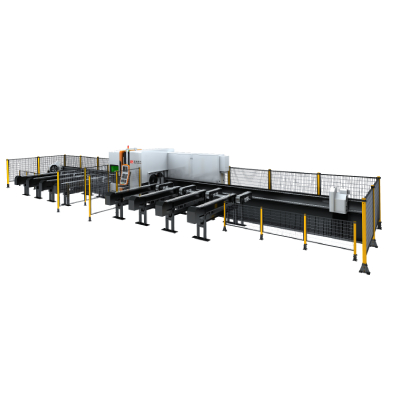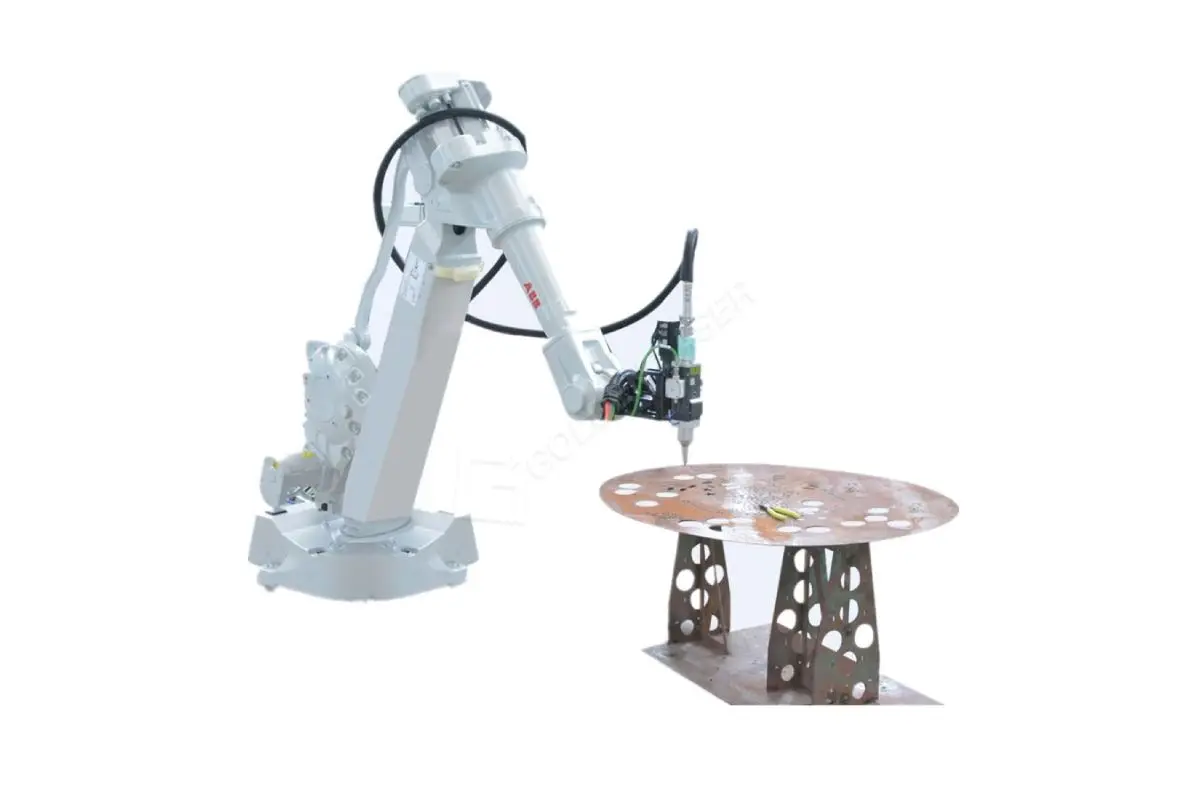
Exploring the Advancements and Benefits of Dual Table Fiber Cutting Machines in Modern Manufacturing Industries
****
In the ever-evolving landscape of manufacturing, efficiency, precision, and versatility have become the cornerstones of production processes. Among the myriad of cutting technologies available today, the Dual Table Fiber Cutting Machine has emerged as a revolutionary tool that addresses the demands of high-volume production while maintaining exceptional quality. This advanced technology integrates the best aspects of fiber laser cutting with innovative dual-table functionality, promising to redefine how industries operate.
At its core, the Dual Table Fiber Cutting Machine utilizes fiber laser technology, known for its ability to deliver high-density laser beams. These beams are ideal for cutting a wide variety of materials, including metals like steel, aluminum, and copper, as well as non-metals such as plastics and wood. The machine offers several advantages over traditional cutting methods, including faster cutting speeds, lower operational costs, and reduced energy consumption. The introduction of dual tables further enhances these benefits by allowing simultaneous loading and unloading operations, minimizing downtime and maximizing productivity.
One of the most significant advantages of dual table systems is their ability to optimize the workflow in manufacturing environments. With a conventional cutting machine, operators often experience interruptions during the cutting process when materials need to be changed or adjusted. This downtime can be detrimental to productivity, particularly in industries that demand constant output, such as automotive, aerospace, and metal fabrication. However, in a dual table configuration, while one table is engaged in cutting operations, the other can be prepared with new materials, ready for immediate processing once the first table completes its task. This seamless transition not only boosts efficiency but also allows for a continuous flow of production.
Precision is another critical factor that sets Dual Table Fiber Cutting Machines apart. These machines are equipped with advanced computer numerical control (CNC) technology, enabling them to achieve intricate designs and complex geometries with unparalleled accuracy. As industries increasingly embrace customized solutions, the ability to produce unique parts without compromising precision becomes vital. The automation offered by these machines reduces the potential for human error, ensuring that every cut is executed with meticulous care.
Moreover, the dual table design significantly enhances the safety of the working environment. Traditional cutting methods often involve manual handling of heavy sheets of materials, increasing the risk of workplace accidents. In contrast, the automated loading and unloading capabilities of dual table machines reduce the need for physical interaction with the materials, thereby minimizing the risk of injury. Additionally, modern fiber cutting systems include numerous safety features such as enclosure panels and emergency stop buttons, further safeguarding operators during the cutting process.

Exploring the Advancements and Benefits of Dual Table Fiber Cutting Machines in Modern Manufacturing Industries
The economic advantages of Dual Table Fiber Cutting Machines cannot be overlooked. While the initial investment in such advanced machinery may be higher than that of traditional cutting machines, the long-term savings resulting from reduced labor costs, lower energy consumption, and minimized material wastage make them a wise investment. The speed and efficiency of these machines translate to quicker turnaround times, enabling companies to increase their output and responsiveness to market demands, ultimately resulting in greater profitability.
Furthermore, the adaptability of Dual Table Fiber Cutting Machines allows them to cater to a diverse range of industries. Whether it’s creating components for the automotive sector, intricate designs for the aerospace industry, or artistic pieces for artistic installations, these machines possess the versatility required to meet various production needs. Their capacity to switch effortlessly between materials and cutting processes opens up new avenues for creativity and innovation in design.

Exploring the Advancements and Benefits of Dual Table Fiber Cutting Machines in Modern Manufacturing Industries
In conclusion, the Dual Table Fiber Cutting Machine stands as a testament to the advancements in manufacturing technology. By combining fiber laser cutting capabilities with the efficiency of dual table operations, these machines have transformed how industries approach production. Their ability to improve efficiency, enhance precision, ensure safety, and contribute to long-term economic advantages makes them an invaluable asset in today’s competitive landscape. As industries continue to evolve, investment in such advanced machinery will undoubtedly play a critical role in shaping the future of manufacturing. Fiber Cutter With Double Pallets
